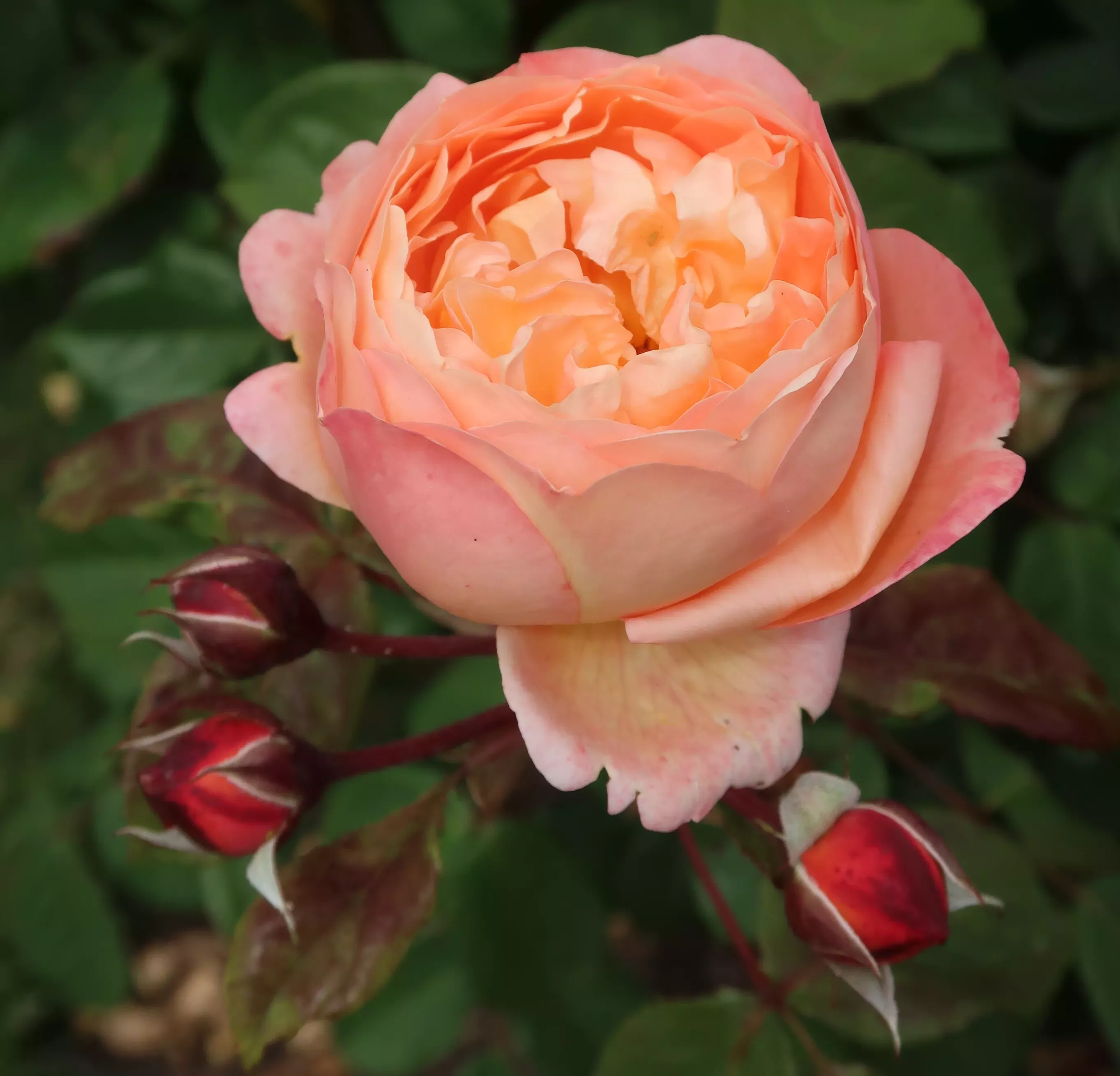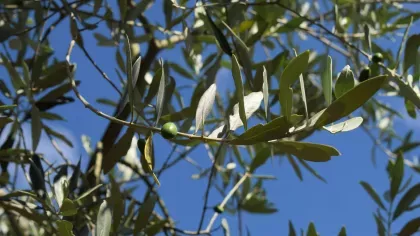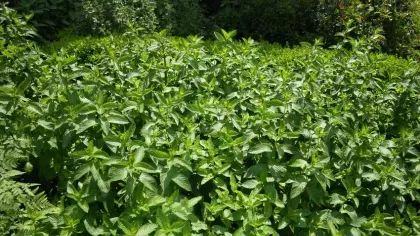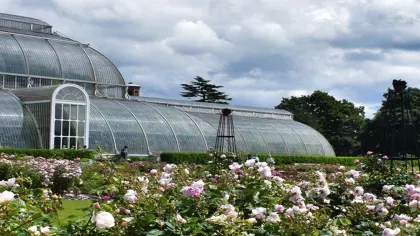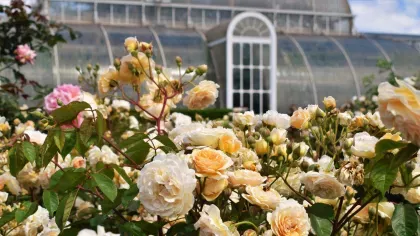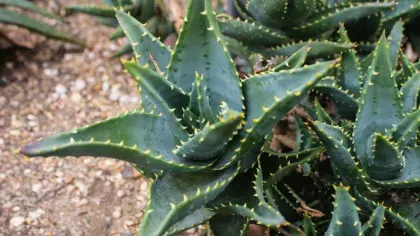
Roses
On this page
Roses are one of the most loved flowers in the world.
These stunning and fragrant symbols of love have been in cultivation for thousands of years.
They come in all sorts of fantastical forms and exquisite colours that are enjoyed in ornamental displays throughout the world.
The very first rose garden was created 5,000 years ago in China.
Plant description
There are hundreds of species and thousands of cultivated varieties (cultivars) of rose. They come in a variety of forms, from the more traditional shrubs and climbers, to miniature pot plants. Their stems are usually prickly and their glossy, green leaves have toothed edges. Rose flowers vary in size and shape. They burst with colours ranging from pastel pink, peach, and cream, to vibrant yellow, orange, and red. Many roses are fragrant, and some produce berry-like fruits called hips.
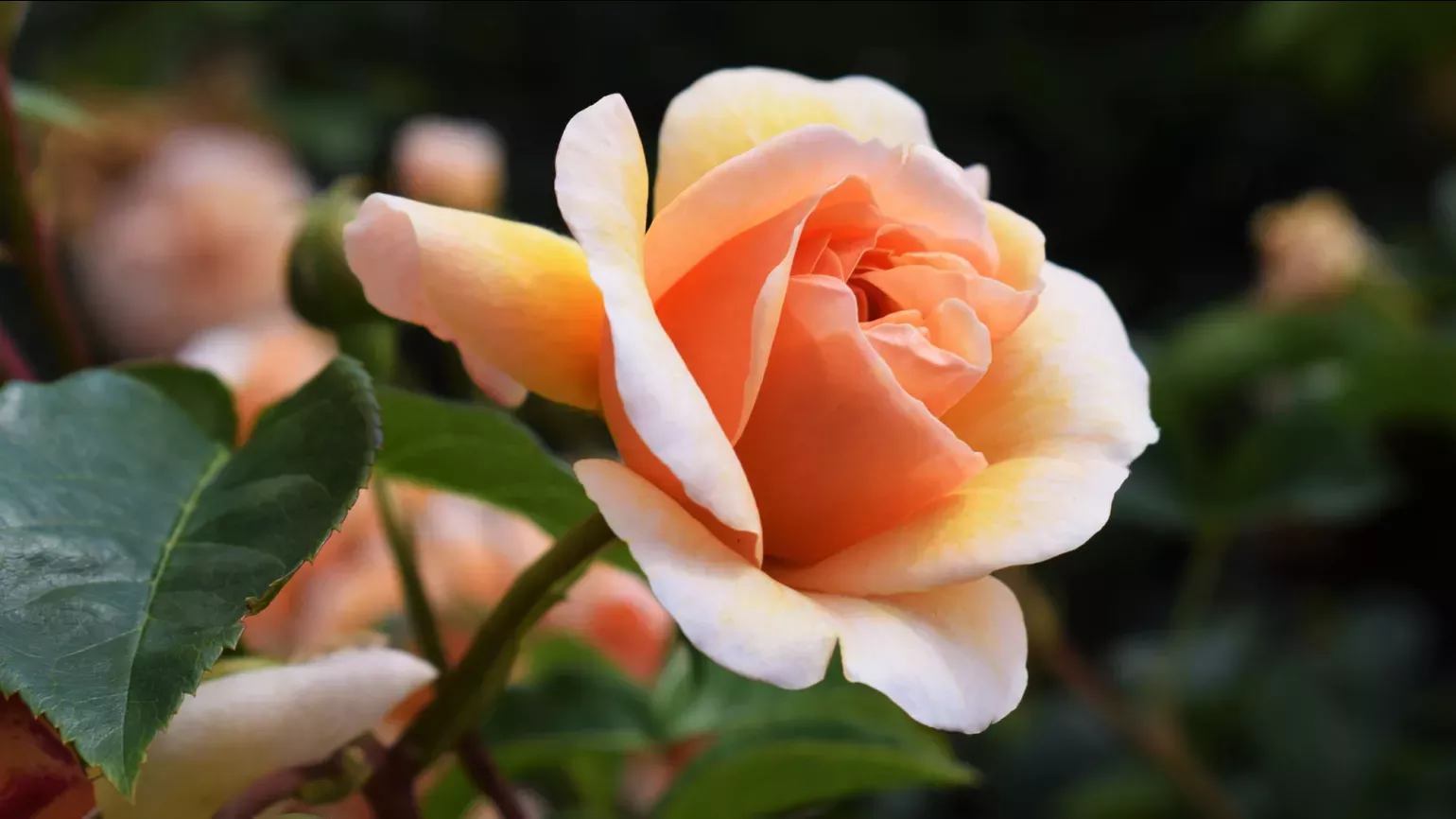









Plant uses
Beauty and cosmetics
Fragrant essential oils from rose flowers are added to perfumes and candles.
Rose extracts and essential oil are also added to hair care products as they are nourishing and moisturising.
Rose water (a by-product from rose oil production) is a popular ingredient in facial mists and toners.
Cultural
Red roses are one of the most iconic symbols of love.
According to ancient Greek mythology, roses were created by Aphrodite, the Goddess of love.
In ancient Rome, newlywed couples were crowned with roses.
In medieval times, roses were associated with power and victory in battle.
During the War of the Roses (English civil wars for control of the throne), roses symbolised the Houses of York and Lancaster.
Roses are often grown as ornamental plants for their beautiful and sometimes fragrant flowers. They are popular garden plants but are sometimes grown indoors and are used as cut flowers.
In Japan, the rose is a symbol for homosexuality.
Food and drink
Rose hips are a source of vitamin C that was used in World War II in syrups. It is also an ingredient in some preserves such as jam and marmalade and can be found in some jelly and tea.
The hips are also eaten by fruit-eating birds, including thrushes and pheasants, that help disperse the seeds in their droppings. Other birds, like finches, eat the seeds.
Rose water is commonly used in Middle Eastern and Indian cooking, especially in sweets such as baklava, nougat, and Turkish delight.
Health
The rose species, China rose (Rosa chinensis), has been used in traditional Chinese medicine. The roots and fruits are used for arthritis, joint pains, coughs, and skin wounds and infections. The flower buds are used to stimulate blood flow and help with chest and abdominal pain.
Did you know?
Roses are thought to be over thirty million years old.
There are more than thirty thousand varieties of rose that come in many beautiful colours, including the bright scarlet Rosa ‘Trumpeter’, apricot Rosa ‘Lady of Shalott’, peach Rosa 'Port Sunlight' and deep pink Rosa 'Princess Anne'.
There are over 300 accepted species of rose. Only about 20 of these are the ancestors of all modern cultivated roses.
Roses are some of the most economically important plants for their cut flowers, fragrance, beauty, and flavour.
Where in the world?

Grow best in well-drained soil in sunny locations all over the world.
Find it in our gardens
Kew Gardens
A botanic garden in southwest London with the world’s most diverse living plant collection.
Location
Rose Garden, Agius Evolution Garden
View map of Kew GardensBest time to see
Our work
Kew’s Rose Garden was first planted in the 1920s. Since then it has blossomed into a floral feast for the eyes, featuring over 50 rose beds and 170 different species and cultivars of rose.
There is a gradient of colour from the west of the Garden towards the Palm House, from pale to bold colours, to provide a stunning backdrop to the iconic glasshouse.
Many of the roses in our Garden are chosen not only for their magnificent blooms, but also for their scent, to create a multi-sensory experience for visitors.
In the winter of 2008-2009, over the course of four months, the Rose Garden was redesigned.
Our horticulturalists replaced the soil in all the rose beds and planted modern shrub roses, most of them English roses, raised by rose breeder David Austin in Shropshire, England.
Regular deadheading (removing old flowers from the plant) and watering of roses is the key to luxuriant flowering.
Roses also love to be fed in spring. Here at Kew, they are sprinkled with fertiliser and then mulch containing organic matter.
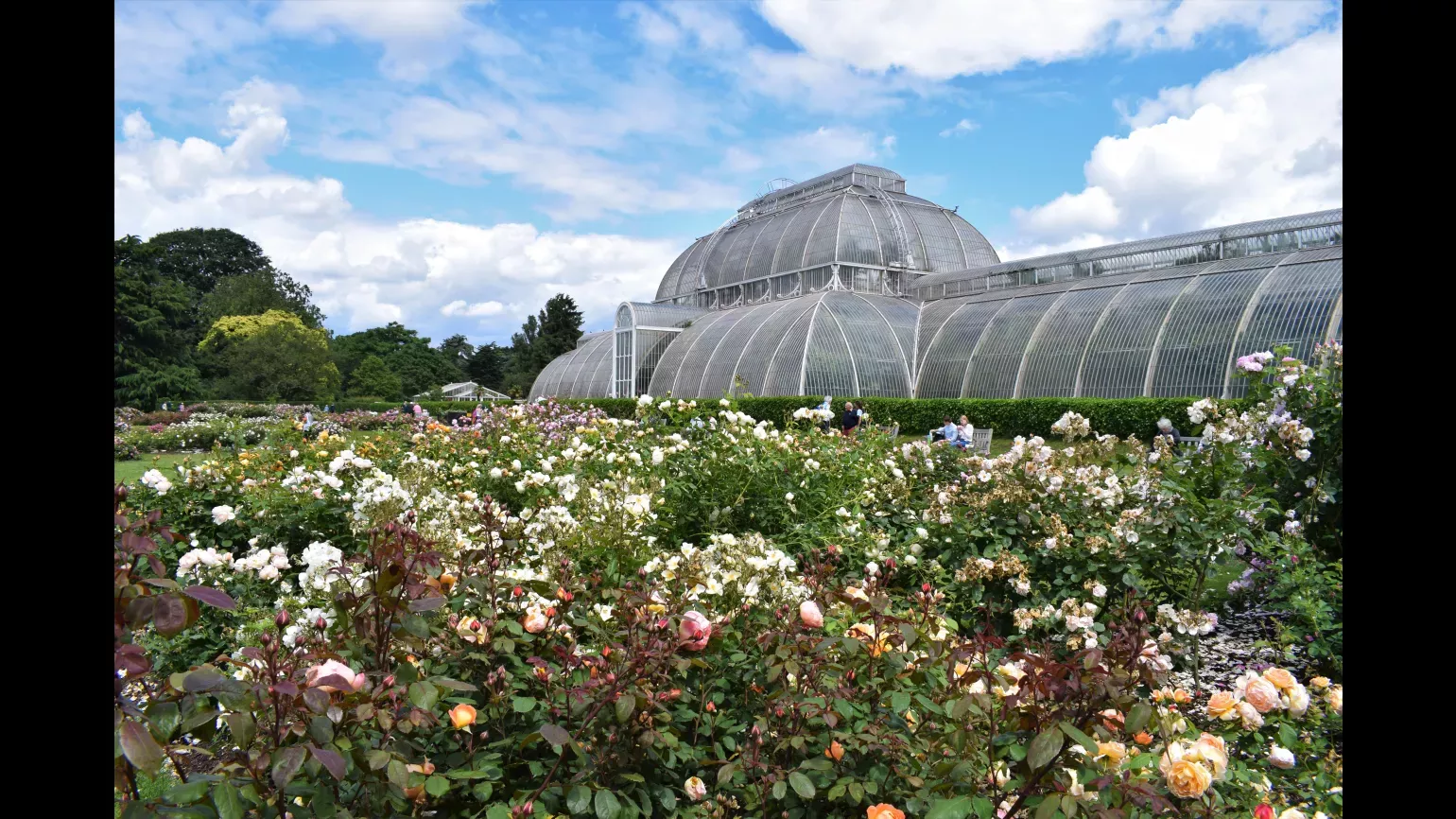

Scientists and horticulturists at Kew have teamed up to unravel the diversity of rose fragrance in the Rose Garden at Kew.
They wanted to explore why some fragrant roses smell different to others by looking at the chemical profile of the rose scent.
Fourteen modern garden rose varieties that are renowned for their strong scent were selected for the study.
Our scientists analysed the compounds in living, blooming roses and created a comprehensive dataset.
Rosa ‘Lady Emma Hamilton’ is considered to have one of the most popular fragrances, a mix between Muscat grapes and ripe mangos.
In this study, ‘Lady Emma Hamilton’ was found to be rich in esters, compounds that give it a fruity smell like citrusy and tropical fruits.
This rose variety also produces a lot of monoterpenols, the same major compound in Muscat grapes, and other compounds found in mango.
Our scientists found that the chemical profiles varied a lot between rose cultivars which explains why not all roses smell the same.
Their total emissions also differed which is why you can smell some roses as you walk past, but for others you need to get right up close to enjoy their scent.
